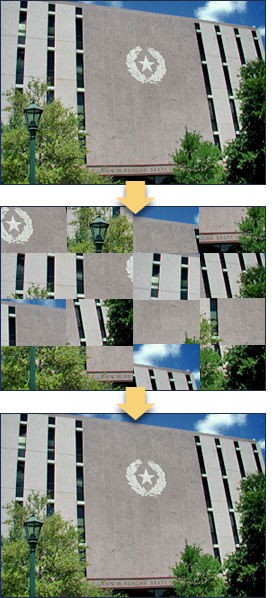|
The phrase "reinventing government" came from a popular book published in 1992 that argues that systems of governance can be fundamentally reoriented to function as efficiently and productively as the best-run private sector businesses. In Reinventing Government: How the Entrepreneurial Spirit is Transforming the Public Sector (Reading, Massachusetts: Addison Wesley Publishing, 1992), David Osborne and Ted Gaebler describe the reinvention of government then under way at all levels in the United States. The authors detail the characteristics and practices of the new kinds of lean, adaptable public institutions and systems, including the use of competition, customer choice, and other non-bureaucratic mechanisms to heighten the efficiency and effectiveness of government, all while achieving higher levels of "customer" satisfaction. They describe ten principles around which energetic public administrators can turn traditional governmental administrative systems into more responsive, decentralized, and entrepreneurial public organizations.
The notion of reinvention really took off with the general public when President Clinton launched the National Performance Review (NPR; later renamed National Partnership for Reinventing Government) for streamlining the federal governmental bureaucracy, placing this initiative under the direction of his vice-president Al Gore. These "new Democrats" (a label signifying a more centrist approach to government and politics) hoped "to radically change the way the government operates--to shift from top-down bureaucracy to entrepreneurial government that empowers citizens and communities to change our country from the bottom up."* This "new Democrat" sentiment, as well as the politics of a new Republican majority in Congress, echoed in President's Clinton's famous 1996 delaration that "the era of big government is over." Technology and "reinvention" efforts streamlined the federal bureaucracy in the 1990's, and even slowed its growth by some measures. Some of these effects also rippled through state bureacracies as a result of new federal practices and slowed spending. But the language of reinvention proved to have a relatively short half-life. The language of reinvention has not come up much during the presidency of George W. Bush. Like most administrations before it, the Bush White House may be taking a "not (re)invented here" attitude, preferring to create its own policy approach and its own ways of talking about the administration's goals. The administration's focus on tax cuts and the creation of the massive Department of Homeland Security have overtaken any thoughts of reinventing the entire bureaucracy. Another more general factor explaining the declining interest in "reinventing government" is the tendency of such ideas to run their course and then fizzle out. An idea catches on, and experts and policymakers talk and write about it until the buzz words lose their charge. Then it's time to move on to the next big idea and the political lingo that goes with it. |
| Footnote: National Performance Review. (full footnote) |
 The original book practically spawned a whole new genre in the publishing business, with numerous authors--including Osborne and Gaebler--exploring the implications and limits of government reinvention along entrepreneurial lines. Over the course of the 1990s, a succession of books came out with titles on "banishing bureaucracy", "reinventing ourselves", "high-performance government organizations", "introducing frontline employees to reinvention", "tools for transforming your government", and "reinventing government in the information age". Now that's entrepreneurialism!
The original book practically spawned a whole new genre in the publishing business, with numerous authors--including Osborne and Gaebler--exploring the implications and limits of government reinvention along entrepreneurial lines. Over the course of the 1990s, a succession of books came out with titles on "banishing bureaucracy", "reinventing ourselves", "high-performance government organizations", "introducing frontline employees to reinvention", "tools for transforming your government", and "reinventing government in the information age". Now that's entrepreneurialism!